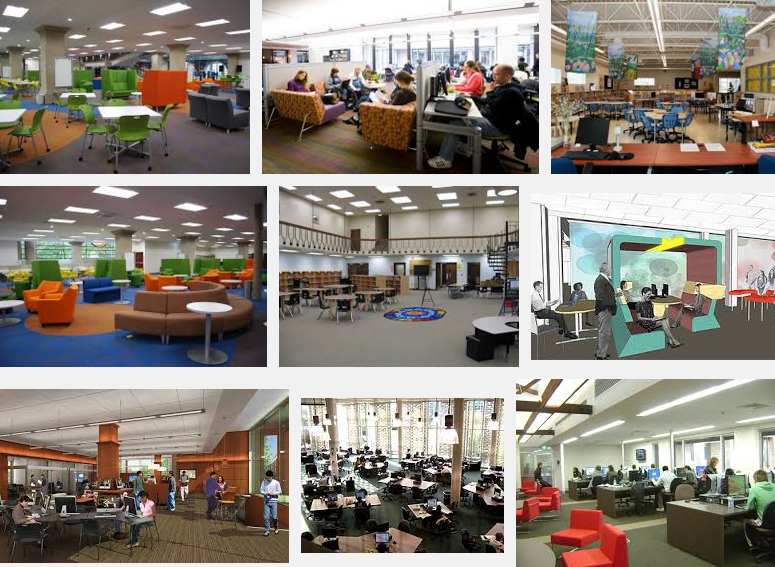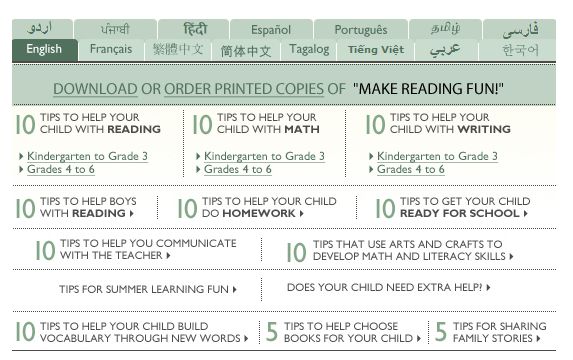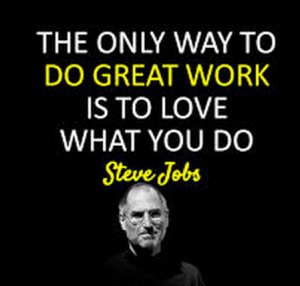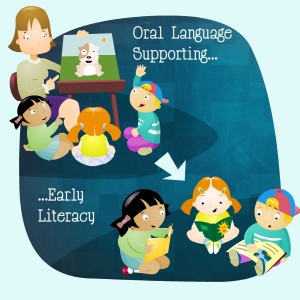 I have a rear view camera in my car. This tool helps me back into a parking space by providing a visual of what is behind me while I am backing up. Today was a very muddy, wet day and, much to my dismay, the camera was covered in mud so it was of no use to me as I was backing into a parking spot. Surprisingly, I backed into the spot effortlessly – even without the camera.
I have a rear view camera in my car. This tool helps me back into a parking space by providing a visual of what is behind me while I am backing up. Today was a very muddy, wet day and, much to my dismay, the camera was covered in mud so it was of no use to me as I was backing into a parking spot. Surprisingly, I backed into the spot effortlessly – even without the camera.
Initially when I got the rear view camera I assumed this tool would do the work for me—I would no longer have to do the “thinking” when I put my car into reverse. What I realized today, when the mud was covering my camera and I was left to back up on my own, was that I had been doing the “thinking” all along, even with the camera. This technology in my car was just helping me back up more  efficiently and see things I otherwise may have missed (i.e., my blind spots).
efficiently and see things I otherwise may have missed (i.e., my blind spots).
Many technological tools are like the camera in my car—they don’t do the thinking for students; rather, they help scaffold learning by providing support. Learning tools give us the confidence to practice and ultimately become better and better.
Although the tools are important (i.e., the saw, the paintbrush, the technology), the real magic happens in what students learn to do with the tool.
Over the next few weeks we are in the process of reconfiguring our school library into a Library Learning Commons (LLC). In the LLC students will be given the opportunity to research, build, and create with new and not so new technologies. They will learn skills in collaboration, communication, connecting, reasoning and proving in many areas of the curriculum. More will be shared with you over the next few months. Stay tuned.
These are NOT pictures of our Learning Commons, but images of what other schools around the world are doing with their libraries and computer labs to create these new learning environments. This is 21st Learning and Emily Stowe is a part of this exciting movement in education, preparing our students for an equally as exciting future.
|| click the image to see more ||

 Reading is important for so many reasons. It helps build concentration, vocabulary and brain capacity. Reading with your child deepens family connections, introduces children to new knowledge and worlds they may never have otherwise experienced, not to mention it is fun and easy to do. All you need is a few minutes and a good book.
Reading is important for so many reasons. It helps build concentration, vocabulary and brain capacity. Reading with your child deepens family connections, introduces children to new knowledge and worlds they may never have otherwise experienced, not to mention it is fun and easy to do. All you need is a few minutes and a good book.
 I recently read a blog entitled “What’s Your Job.” The blog made me to reflect on my job as an educator. Steve Jobs said it well, ““The only way to do great work is to love what you do.” Teaching is the career that I have chosen because I love what I do. I genuinely want to make a difference in the lives of the students that I work with. I want Emily Stowe to be a place that everyone wants to be on a daily basis.
I recently read a blog entitled “What’s Your Job.” The blog made me to reflect on my job as an educator. Steve Jobs said it well, ““The only way to do great work is to love what you do.” Teaching is the career that I have chosen because I love what I do. I genuinely want to make a difference in the lives of the students that I work with. I want Emily Stowe to be a place that everyone wants to be on a daily basis. Why blog? A year ago, if I had been asked if I would consider blogging, I would have likely answered with a resounding, “NO.” Yet, I am often the first person to suggest to others to be adventurous in teaching and in learning…try something new. SO… after the gentle nudging of a respected colleague I decided to give it a try. I do not consider myself a gifted writer by any stretch and for me this was a deterrent. Even so, I decided to put pen to paper and get started.
Why blog? A year ago, if I had been asked if I would consider blogging, I would have likely answered with a resounding, “NO.” Yet, I am often the first person to suggest to others to be adventurous in teaching and in learning…try something new. SO… after the gentle nudging of a respected colleague I decided to give it a try. I do not consider myself a gifted writer by any stretch and for me this was a deterrent. Even so, I decided to put pen to paper and get started.
 In this post I would like to move beyond the 3 R’s and share with you some of the recent amazing acts that have been taking place in our building. Character education is an integral part of our school culture. It helps to form the foundation of responsible citizenship. Over the month of December the theme of giving has permeated all we do at Emily Stowe P.S.
In this post I would like to move beyond the 3 R’s and share with you some of the recent amazing acts that have been taking place in our building. Character education is an integral part of our school culture. It helps to form the foundation of responsible citizenship. Over the month of December the theme of giving has permeated all we do at Emily Stowe P.S.  staff members…giving at its finest!
staff members…giving at its finest!